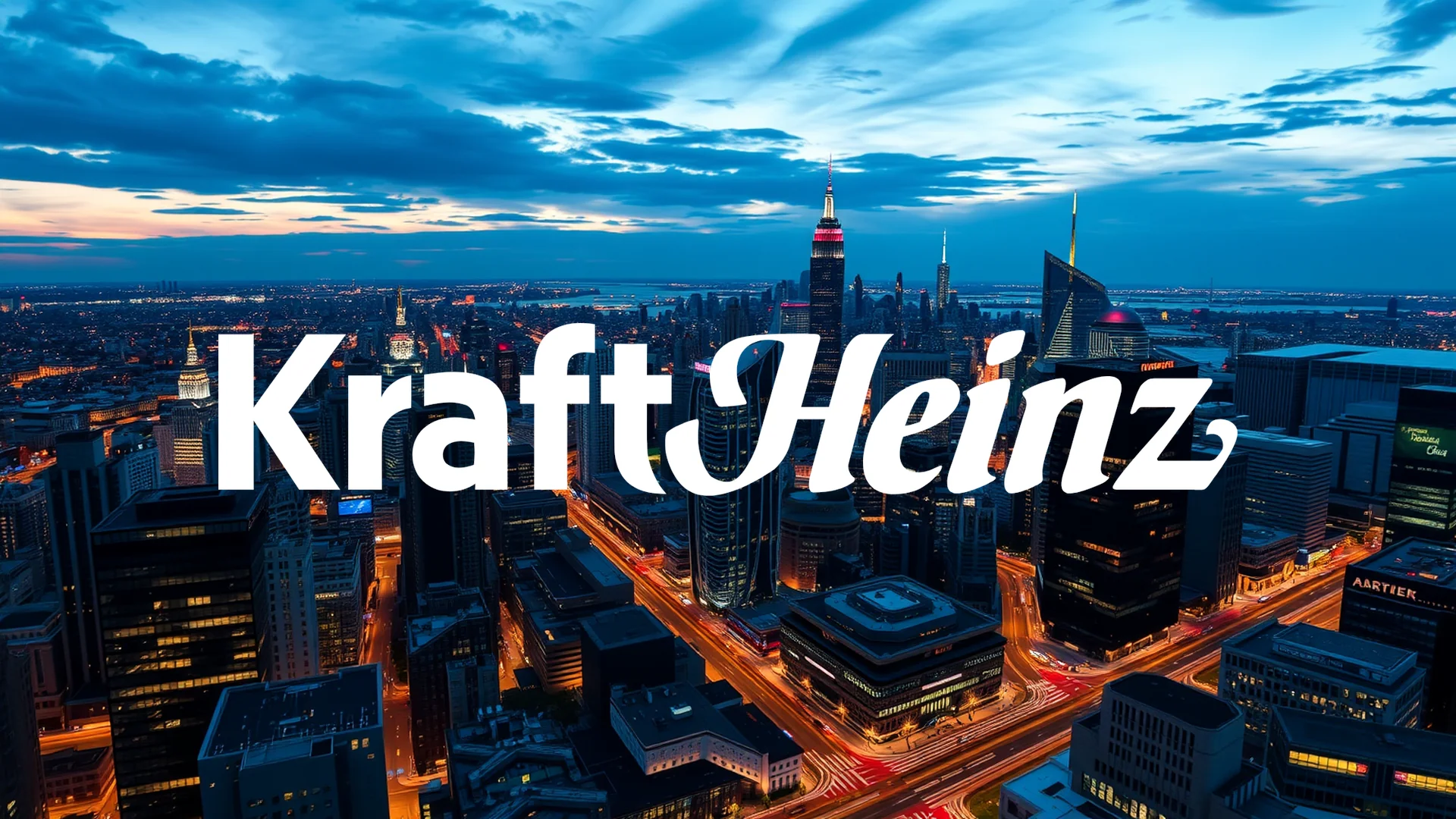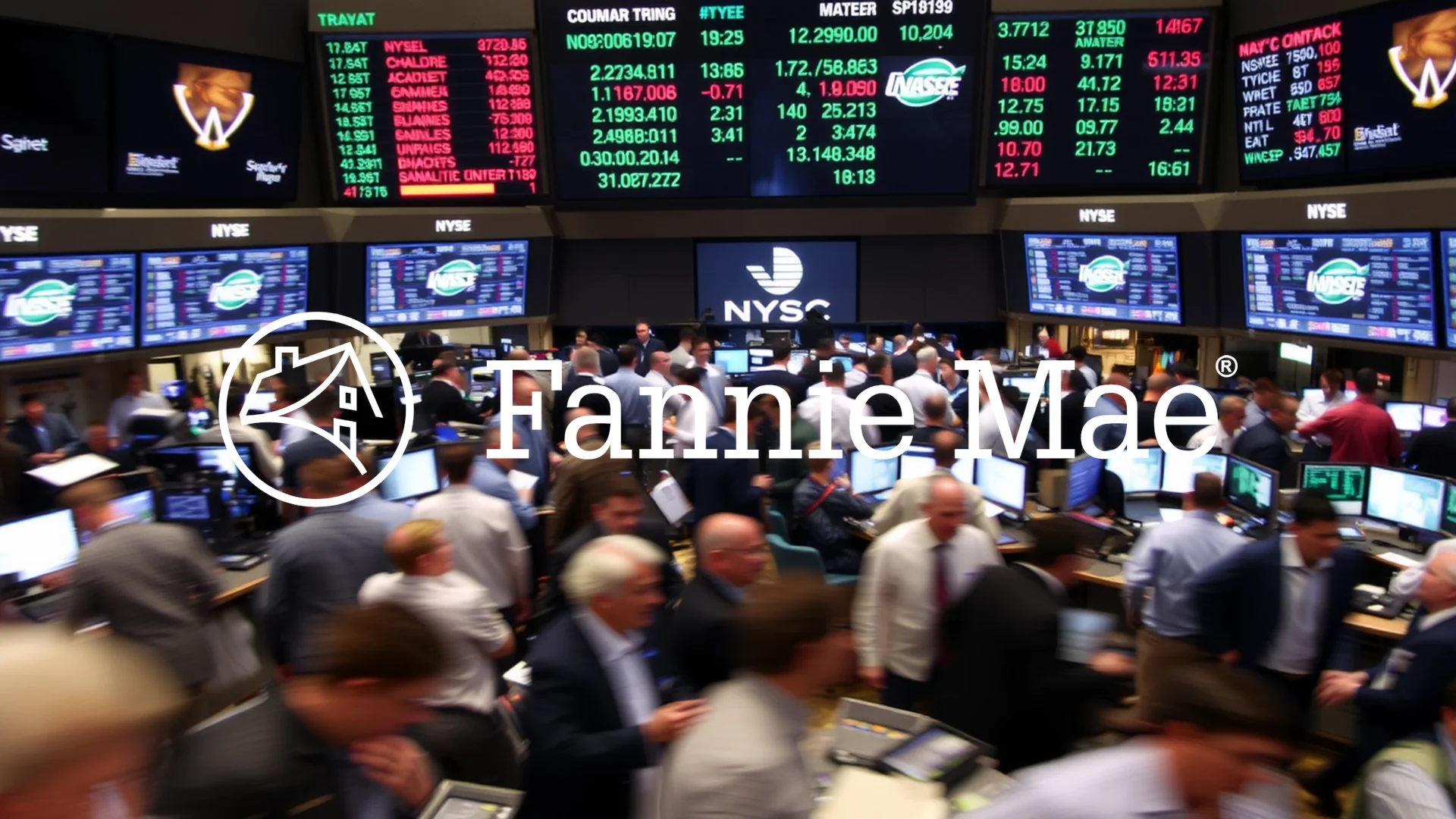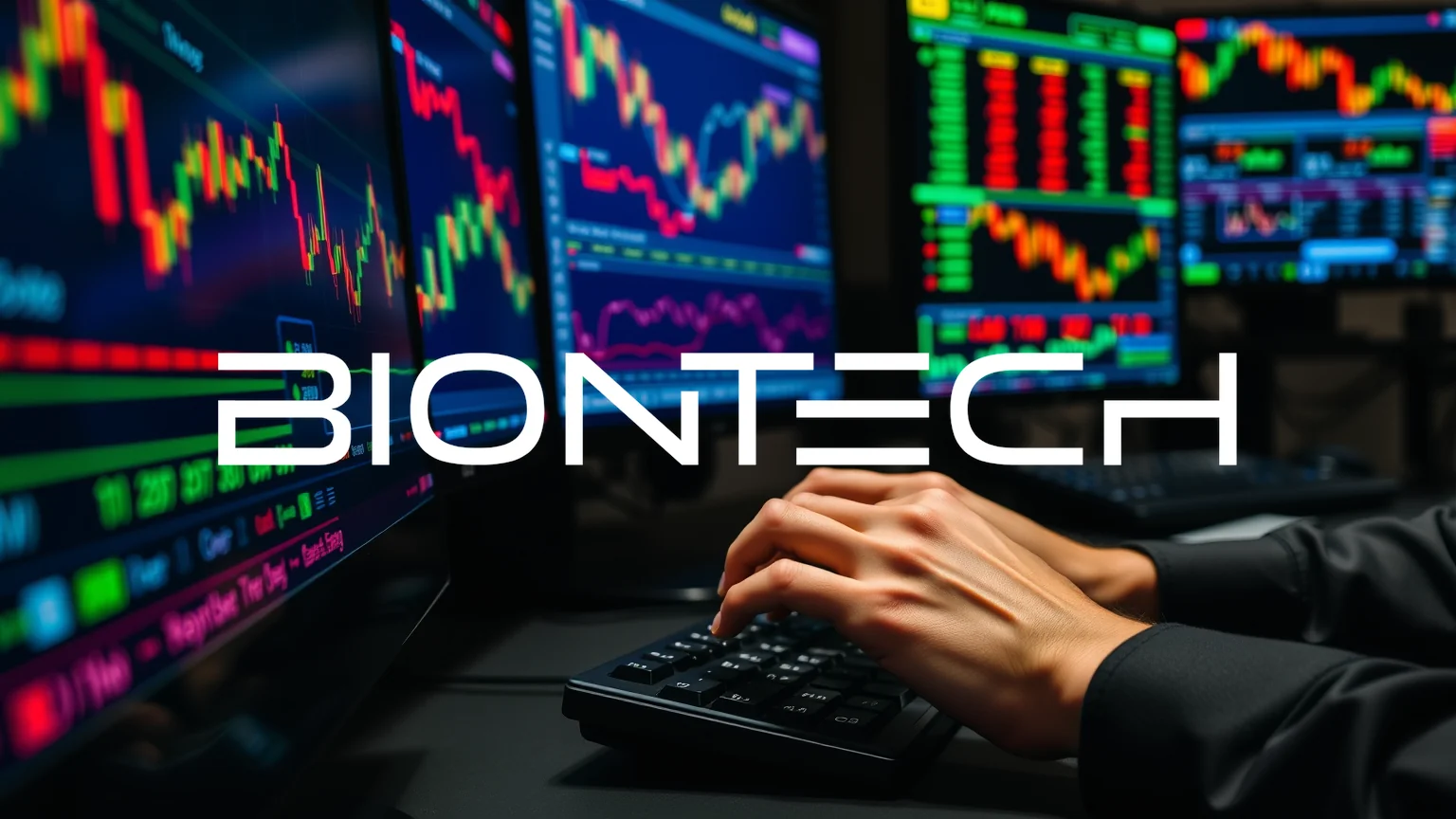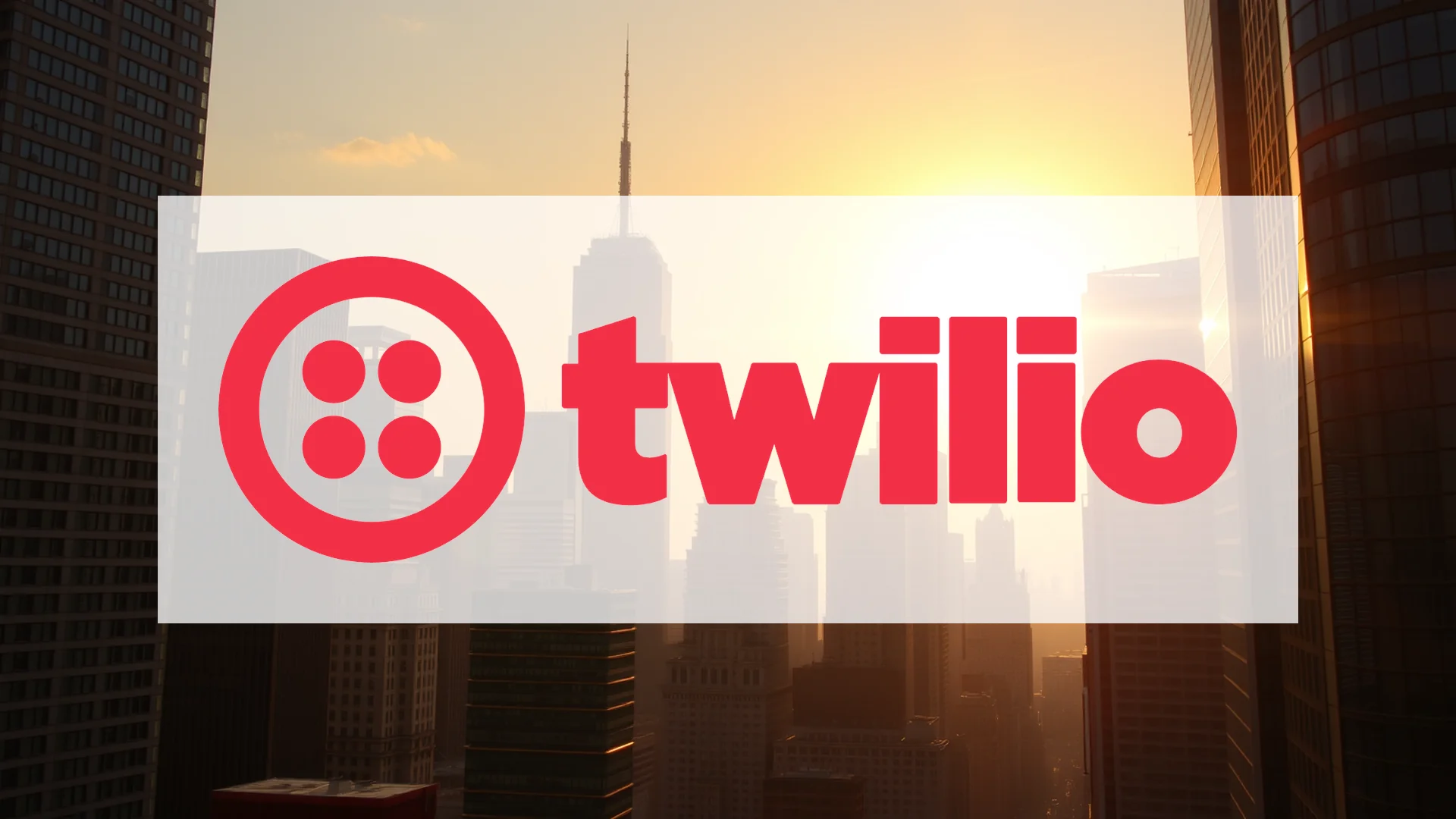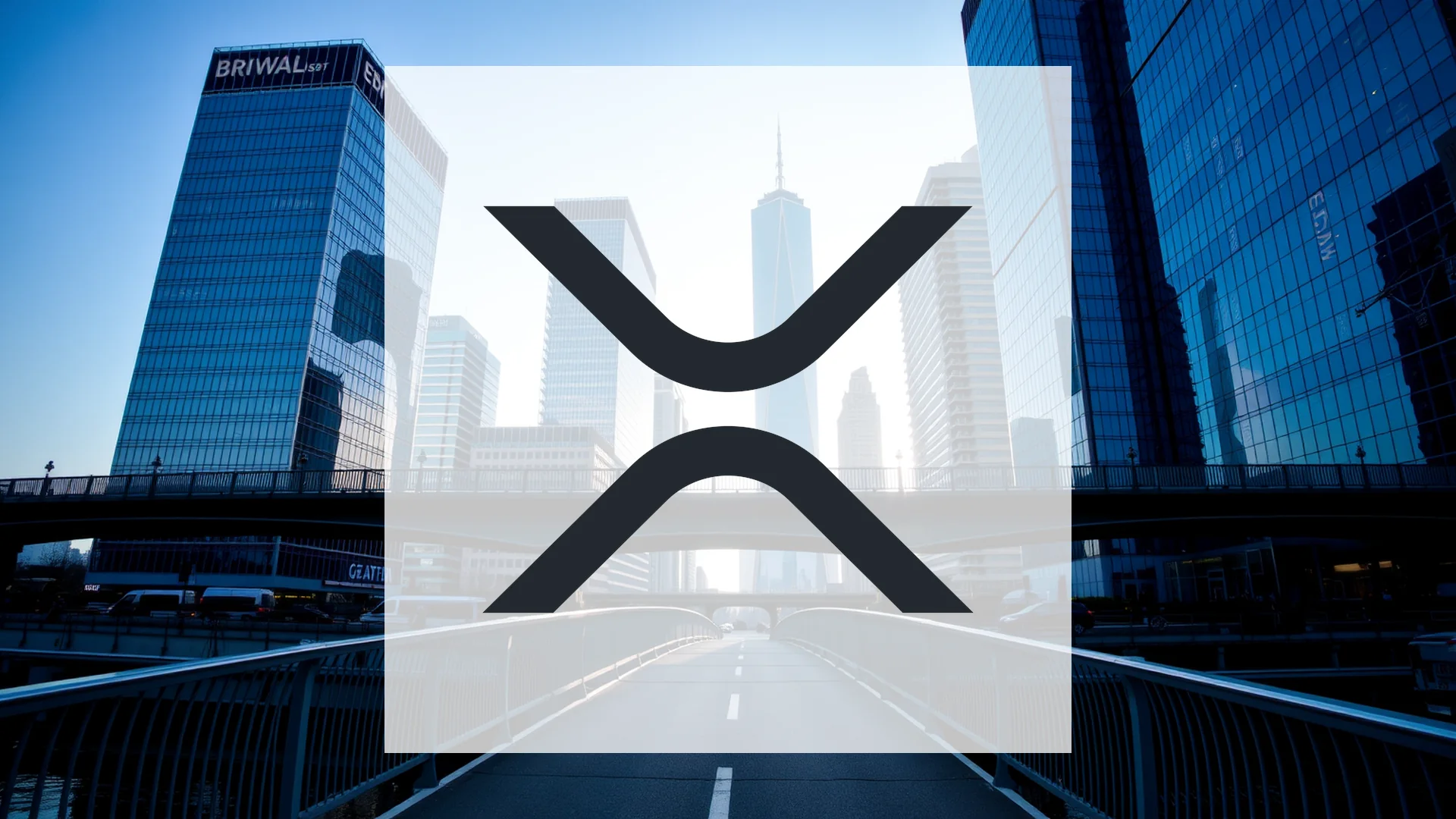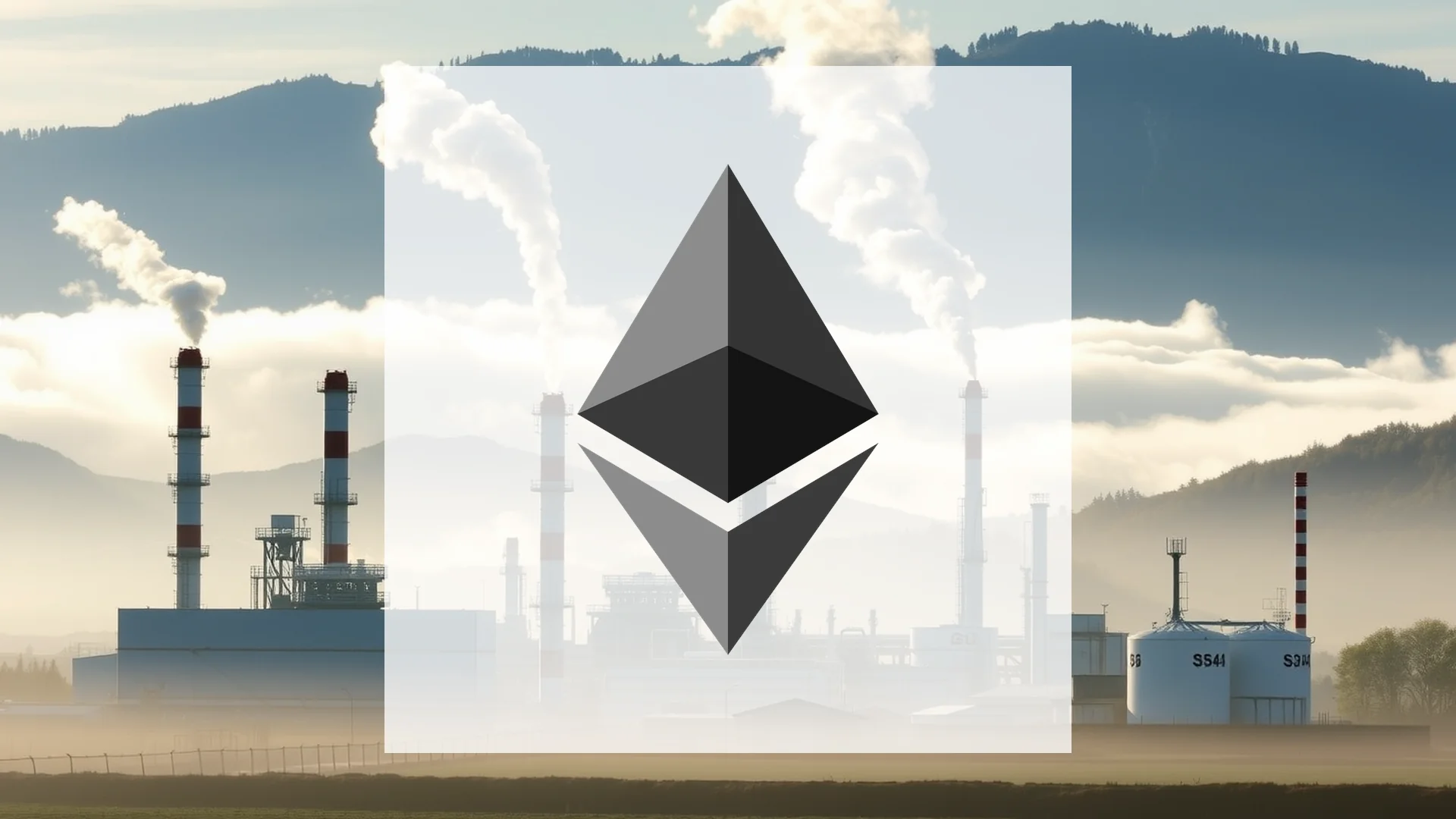Kraft Heinz has initiated the most radical restructuring in its history, announcing plans to separate into two distinct publicly traded companies. However, the bold move has been met with severe investor disapproval rather than applause. The market reaction was swift and punishing, with shares plummeting and even the company’s most powerful shareholder, Warren Buffett, expressing his disappointment. The fundamental question now is whether this corporate surgery will lead to a successful turnaround or accelerate the company’s decline.
Market Backlash and a Legendary Investor’s Doubts
The announcement triggered an immediate sell-off, sending Kraft Heinz shares down more than 7% and pushing them toward a new 52-week low. The skepticism isn’t unfounded; analysts project that the costs of disentangling the business, known as dis-synergies, could reach as high as $300 million. The process, expected to be completed in the second half of 2026, will be a complex 18-month marathon. Management must navigate the creation of separate corporate functions, manage intricate logistics, and maintain operational efficiency throughout the transition.
Even Warren Buffett, whose Berkshire Hathaway holds a 27.4% stake, voiced his concerns. In a CNBC interview, he indicated he would not actively block the split but questioned whether this breakup would effectively address the core challenges plaguing the food giant.
A House Divided: Two New Entities and Mixed Analyst Views
The strategic vision calls for the creation of two separate businesses. One, tentatively named “Global Taste Elevation,” will focus on high-growth international brands such as Heinz Ketchup and Philadelphia cream cheese. The other, “North American Grocery,” will retain the more stagnant, U.S.-centric portfolio, including problem children like Oscar Mayer cold cuts and Lunchables.
The analyst community is divided on the plan’s merits. In the wake of the sell-off, Morgan Stanley upgraded the stock to “Equal-Weight” and raised its price target to $29. Conversely, institutions including UBS, Wells Fargo, Bank of America, and Stifel all lowered their expectations. The consensus price target now sits at approximately $30.12, a figure that appears optimistic to some given the company’s deep-seated issues.
Should investors sell immediately? Or is it worth buying Kraft Heinz?
Underlying Challenges Persist Beyond the Split
The problems at Kraft Heinz run far deeper than its corporate structure. The company is grappling with a sustained consumer shift away from its portfolio. Facing persistent inflation, shoppers are increasingly trading down to cheaper private-label alternatives. This trend is reflected in the financials: Kraft Heinz has reported seven consecutive quarters of declining sales.
The headwinds are also structural. The growing consumer preference for organic and natural products, increased regulatory scrutiny of artificial ingredients, and even the rising popularity of GLP-1 weight-loss drugs—which can reduce snacking—all pose significant long-term threats.
Recent figures underscore the ongoing crisis. The earnings outlook for 2025 was slashed to a range of $2.51 to $2.67 per share, a figure well below the $3.06 per share reported the previous year. Furthermore, the company was forced to record a massive $9.3 billion impairment charge in its second quarter.
Since the much-heralded merger that created the company in 2015, Kraft Heinz has lost over 60% of its market value, evaporating more than $57 billion in market capitalization. In this context, the split appears to some as a move of desperation. The pressing question is no longer if change is needed, but whether this radical new direction has come too late to salvage the enterprise.
Ad
Kraft Heinz Stock: Buy or Sell?! New Kraft Heinz Analysis from December 6 delivers the answer:
The latest Kraft Heinz figures speak for themselves: Urgent action needed for Kraft Heinz investors. Is it worth buying or should you sell? Find out what to do now in the current free analysis from December 6.
Kraft Heinz: Buy or sell? Read more here...

